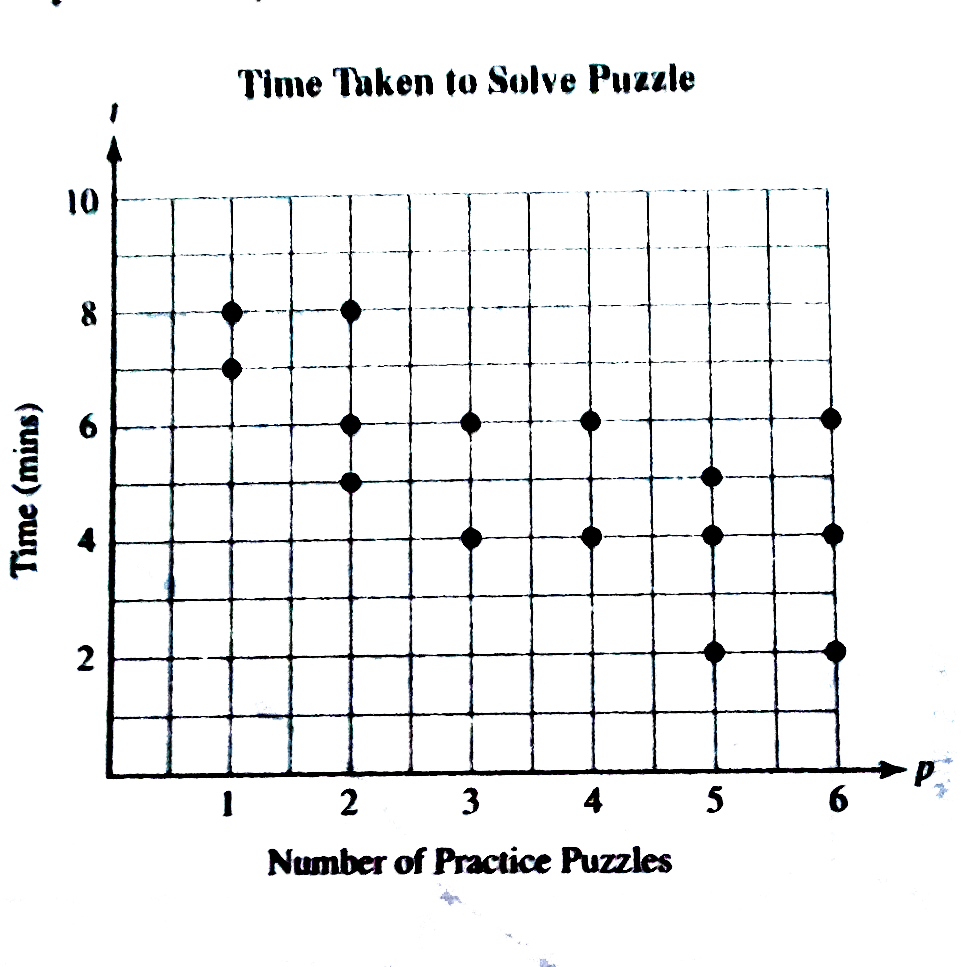Given below are groups of terms. In each group the first pair indicates the relationship between the two terms. Rewrite and complete the second pair on a similar basis.
Cytoplasm : Cytokinesis : : Nucleus :
To solve the analogy presented in the question, we need to identify the relationship between the first pair of terms and then apply that same relationship to the second pair.
1. Identify the First Pair: The first pair of terms is "Cytoplasm : Cytokinesis".
2. Understand the Relationship: Cytokinesis is the process that involves the division of the cytoplasm of a parent cell into two daughter cells. This occurs after the nucleus has divided during cell division (mitosis or meiosis).
3. Identify the Second Term: The second term in the pair is "Nucleus".
4. Find the Corresponding Process: Just as cytokinesis is the process that relates to the cytoplasm, the process that relates to the nucleus is called "Karyokinesis". Karyokinesis is the division of the nucleus during cell division.
5. Complete the Second Pair: Therefore, the completed second pair is "Nucleus : Karyokinesis".
Final Answer:
Cytoplasm : Cytokinesis : : Nucleus : Karyokinesis
2. Understand the Relationship: Cytokinesis is the process that involves the division of the cytoplasm of a parent cell into two daughter cells. This occurs after the nucleus has divided during cell division (mitosis or meiosis).
Cytoplasm : Cytokinesis : : Nucleus : Karyokinesis
Topper's Solved these Questions
Similar Questions
Given below are groups of terms. In each group the first pair indicates the relationship between the two terms. Rewrite and complete the second pair on a similar basis.
TT : Homozygous : : Tt:_______________
View SolutionGiven below are group of terms. In each group the first pair indicates the relationship between the two terms. Rewrite and complete the second pair on a similar basis.
Example : Oxygen : Inspiration :: Carbon dioxide : Expiration
Foetus: Amnion :: Heart : ____.
View Solution
Knowledge Check
A psychologist's experiment involved timing 15 small children as they found the solution to a little puzzle . Each child received at least one similar puzzle to play with before being timed . The scatterplot below shows the time each child took to solve the puzzle , and the corresponding number of "practice" puzzles each child received . On the basis of these data , which of the following functions best models the relationship between t, the number of minutes taken to complete the puzzle , and p , the number of practice puzzles ?
 At(p)=9Bt(p)=p2+9Ct(p)=−p2+9Dt(p)=−p2
At(p)=9Bt(p)=p2+9Ct(p)=−p2+9Dt(p)=−p2
Differentiate between the pairs of terms :
Protoplasm and cytoplasm
View SolutionDifferentiate between the pairs of terms :
Nucleolus and nucleus
View SolutionGiven below are five groups of terms. In each group arrange and rewrite the terms in the correct order so as to be in a logical sequence.
For example:
Question : Implantation, Parturition, Ovulation, Gestation, Fertilization.
Answer: Ovulation, Fertilization, Implantation, Gestation, Parturition.
Spongy cells, Upper epidermis, Stoma, Palisade tissue, Substomatal space.
View SolutionGiven below are five groups of terms. In each group arrange and rewrite the terms in the correct order so as to be in a logical sequence.
For example:
Question : Implantation, Parturition, Ovulation, Gestation, Fertilization.
Answer: Ovulation, Fertilization, Implantation, Gestation, Parturition.
Spinal cord, Motor neuron, Receptor, Effector, Sensory neuron.
View SolutionDifferentiate between the following pairs of terms on the basis of what is indicated with in the brackets:
Receptor and effector (examples)
View SolutionGiven below are five sets of terms. In each case, arrange and rewrite each set so as to be in logical sequence.
Soil, water, root hair, xylem, cortex, endodermis
View SolutionDifferentiate between the following pairs of terms on the basis of what is indicated with in the brackets:
Cranial and spinal nerves (number in pairs)
View Solution
